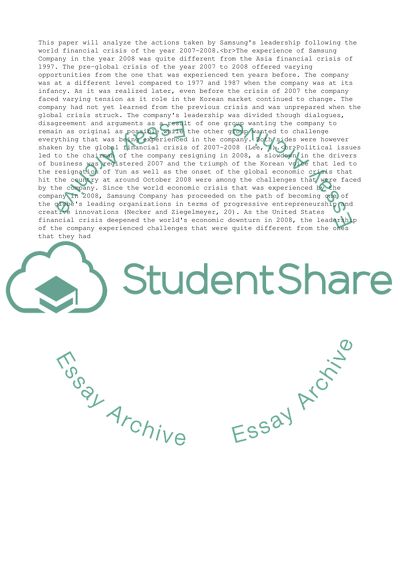Cite this document
(“Global Financial Crisis Research Paper Essay Example | Topics and Well Written Essays - 1250 words”, n.d.)
Global Financial Crisis Research Paper Essay Example | Topics and Well Written Essays - 1250 words. Retrieved from https://studentshare.org/management/1686335-global-financial-crisis-research-paper
Global Financial Crisis Research Paper Essay Example | Topics and Well Written Essays - 1250 words. Retrieved from https://studentshare.org/management/1686335-global-financial-crisis-research-paper
(Global Financial Crisis Research Paper Essay Example | Topics and Well Written Essays - 1250 Words)
Global Financial Crisis Research Paper Essay Example | Topics and Well Written Essays - 1250 Words. https://studentshare.org/management/1686335-global-financial-crisis-research-paper.
Global Financial Crisis Research Paper Essay Example | Topics and Well Written Essays - 1250 Words. https://studentshare.org/management/1686335-global-financial-crisis-research-paper.
“Global Financial Crisis Research Paper Essay Example | Topics and Well Written Essays - 1250 Words”, n.d. https://studentshare.org/management/1686335-global-financial-crisis-research-paper.


